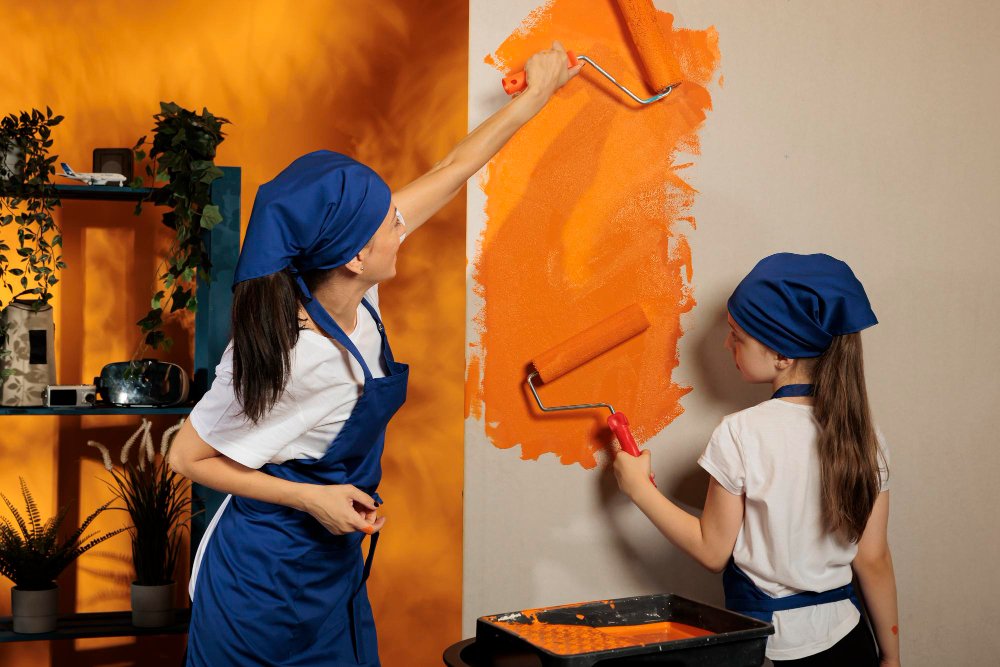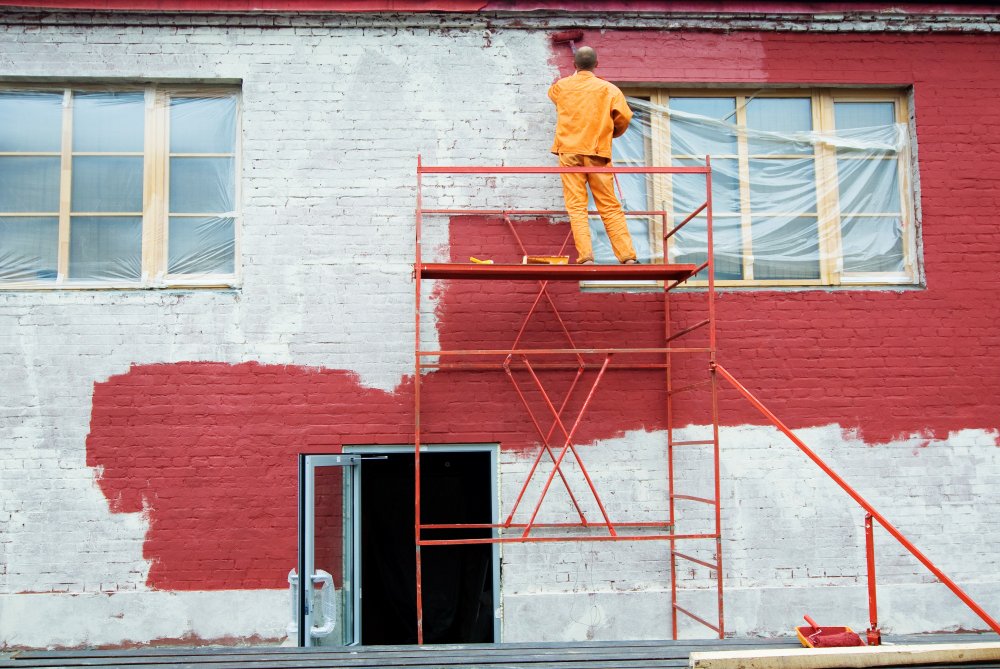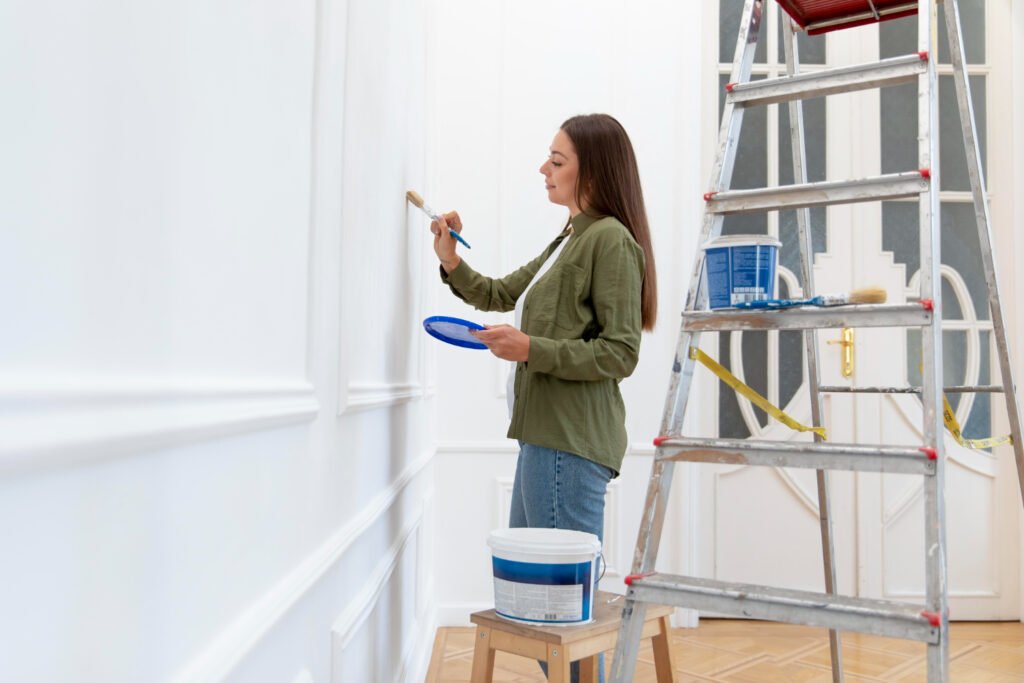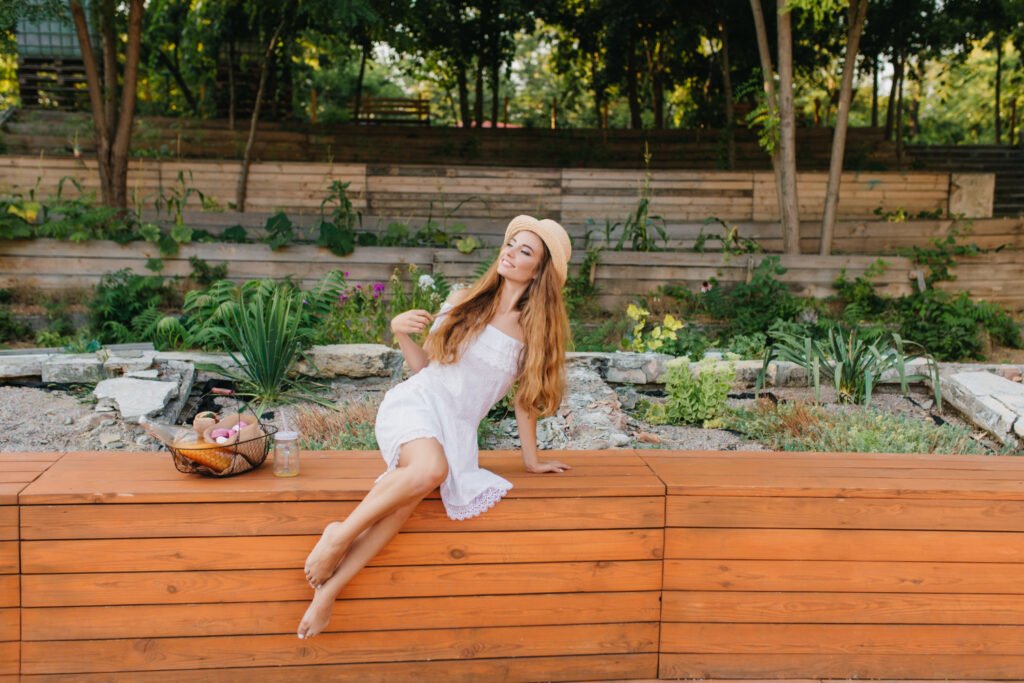Best Weather Conditions for Exterior Painting: Timing Is Everything

Exterior painting is one of the most effective ways to boost curb appeal, increase home value, and protect your property from environmental damage. When it comes to exterior painting, timing is everything. Choosing the best weather conditions for exterior painting can mean the difference between a flawless, long-lasting finish and a peeling, cracked disaster.
Why Weather Matters for Exterior Painting
The performance and longevity of exterior paint largely depend on temperature, humidity, and precipitation levels. The wrong conditions can lead to blistering, cracking, or poor adhesion, ultimately wasting your time and money.
- Temperature range for painting exterior: Ideal range is typically between 50°F and 85°F (10°C to 29°C).
- Humidity levels: Optimal is around 40% to 70%.
- Drying time: Varies based on paint type and weather.
- Wind: Can blow dust onto wet paint or cause uneven drying.
- Rain forecast: Avoid painting if rain is expected within 24-48 hours.

Seasonal Breakdown: When to Paint Your House Exterior
Spring Exterior Painting Tips (March – May)
Pros:
- Mild temperatures
- Less chance of rain in certain regions Cons:
- Pollen and moisture can affect paint adhesion
Summer Exterior Painting Tips (June – August)
Pros:
- Long daylight hours
- Faster drying times Cons:
- Excessive heat can cause paint to dry too fast
- High UV exposure can affect finish
Fall Exterior Painting Tips (September – November)
Pros:
- Stable weather
- Less humidity Cons:
- Shorter drying windows
- Risk of early frost
Winter Exterior Painting Tips (December – February)
Pros:
- Less demand for painters = lower prices Cons:
- Risk of freezing temperatures
- Paint may not cure properly
Paint Types and Their Weather Sensitivity
- Latex Paints (Water-Based)
- Ideal temp: 50°F – 85°F
- Sensitive to moisture
- Faster drying
- Oil-Based Paints
- Ideal temp: 40°F – 90°F
- Slower drying, more durable
- Better in variable humidity
Regional Recommendations
Hot and Dry Climates (e.g., Arizona, Nevada)
- Paint early in the morning or late afternoon
- Use UV-resistant paint
Humid and Coastal Areas (e.g., Florida, Gulf States)
- Choose mold- and mildew-resistant paints
- Paint during low-humidity windows
Cold and Wet Climates (e.g., Pacific Northwest, Northeast)
- Paint during dry spells
- Use fast-curing or cold-weather formulas

Pro Tips for Perfect Timing
- Always check the extended weather forecast before starting.
- Use a moisture meter to ensure the surface is dry.
- Allow for at least 48 hours of dry weather after painting.
- Consider using paint additives to improve drying and adhesion.
Exterior painting success hinges on weather timing, product choice, and regional awareness.
Painting your home’s exterior in the right weather ensures a durable, beautiful finish.










